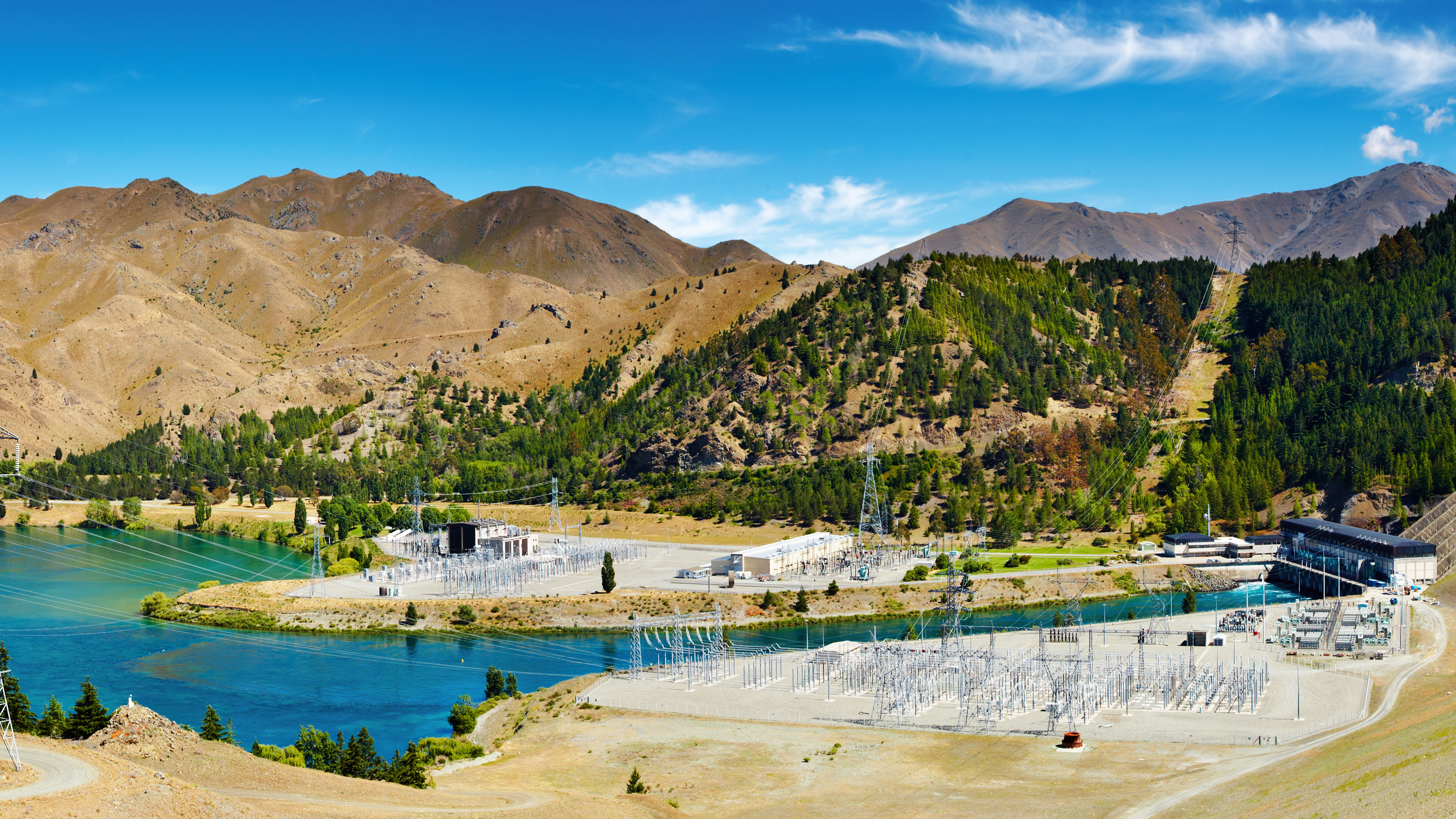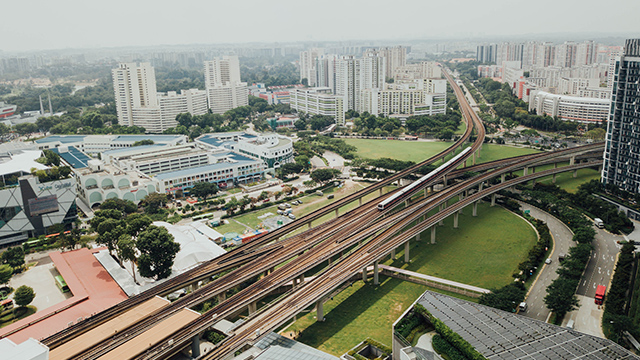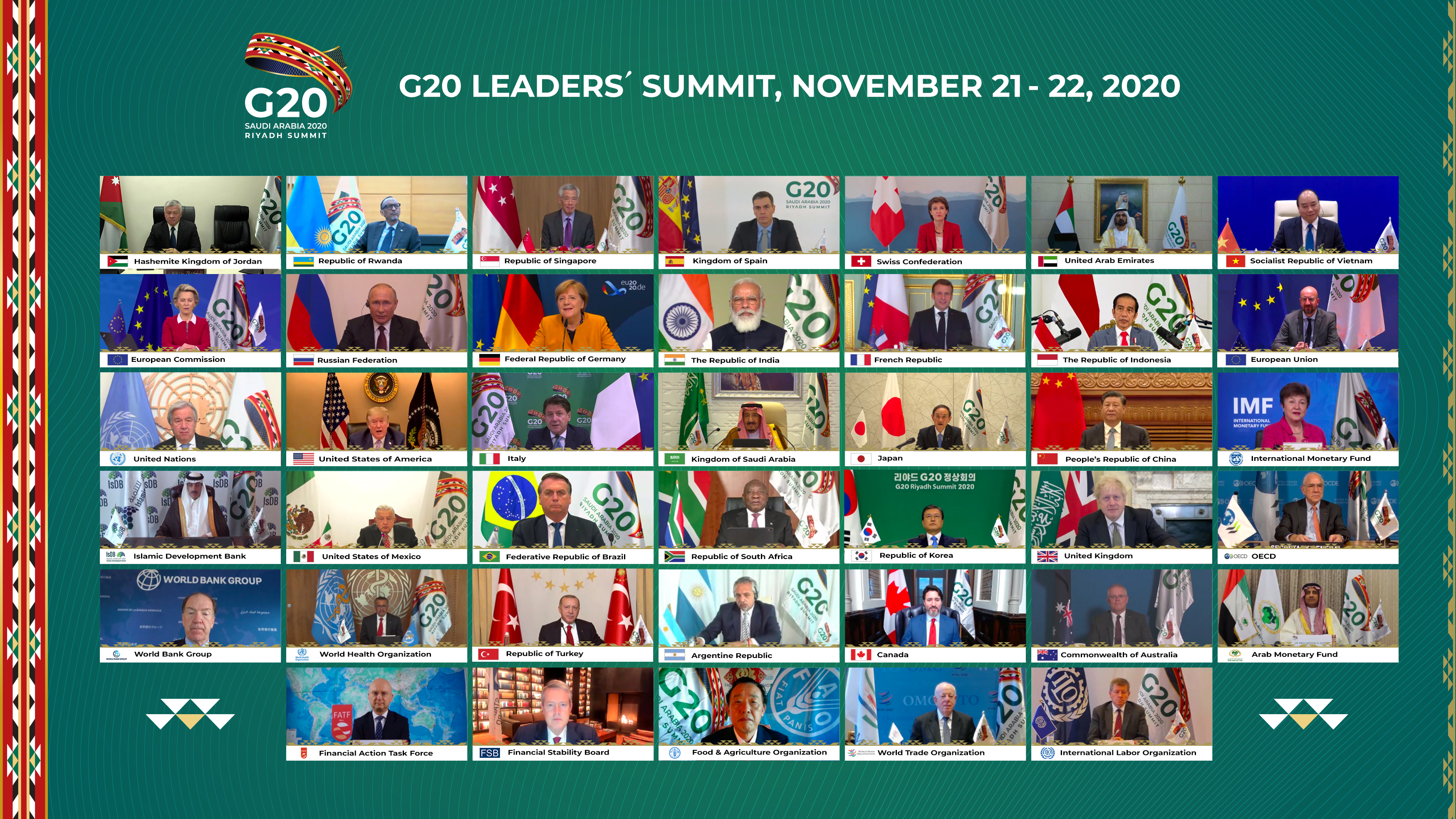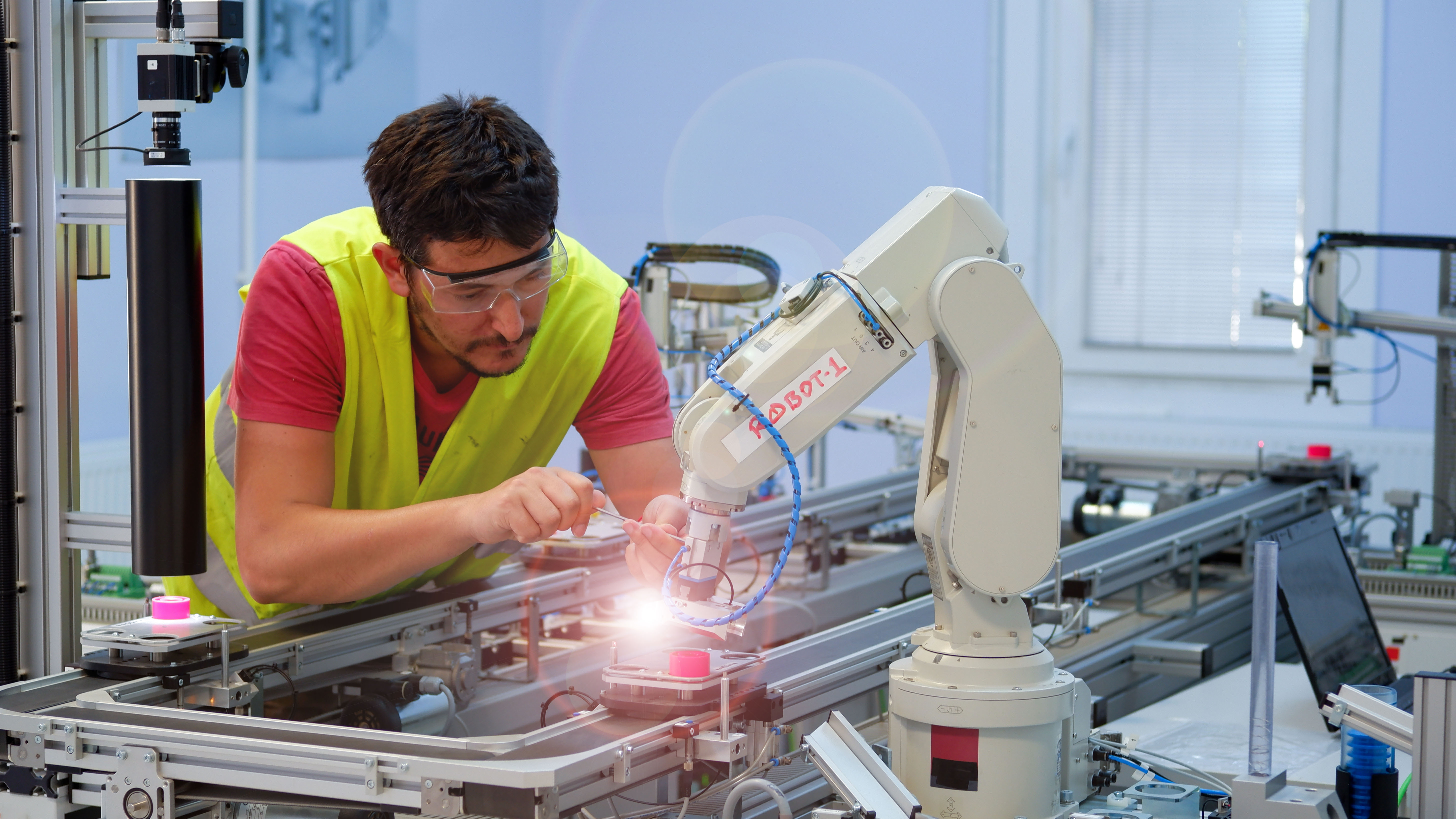1088 results found
Featured results



More results
The wellbeing of natural resources, people and communities emphasised in New Zealand.
The latest milestone of Global Infrastructure Hub’s Brazil Country Engagement Program has been completed with a gathering of infrastructure leaders from Brazil for an inception workshop on the SOURCE platform.

Regulatory capital frameworks require banks and insurers to put aside more capital for infrastructure investments than is warranted by their historical credit performance


The infrastructure supply gap is significant, but by focusing on four key deliverables, the G20 can support and establish new, technology-based critical networks that would be resilient in future crises.
Leaders of the G20 have met for the last time under the Saudi Presidency to address the most pressing challenges of our times, with the vision to take further steps to overcome the pandemic while building an inclusive, sustainable and resilient future for all.


Meet four women leaders who are transforming infrastructure development in Latin America.
Meet four women leaders who are transforming infrastructure development in Latin America (Spanish translation).
Meet four women leaders who are transforming infrastructure development in Latin America (Portugese translation).
Find out what needs to change in the workforce to meet future needs of the construction industry.
53 members of our InfraTech Leaders Ecosystem – from more than 25 public and private entities – met for the first time to discuss ‘quick wins' and strategic priorities based on the World Bank's InfraTech Policy Toolkit, developed earlier this year to support the Riyadh G20 InfraTech Agenda.
Asia long faced a gap of investment capital available for infrastructure projects
As of 2016, Sterlite has a total portfolio of 10 projects worth USD 1.5B, four of which are fully operational, two partially operational and four under construction
The development of credit ratings for loans in emerging countries is critical for accessing capital markets
The African Development Bank (AfDB) is mandated to drive social and economic development in Africa through multiple project types including infrastructure



An introduction to our new blog series on policy implications related to key data findings from Infrastructure Monitor.
Decentralised microgrids enable 'prosumers' to trade their surplus energy, resulting in reduced cost, increased use of renewables, and reduced demand on the energy grid.
Drone technologies can enable remote inspection of infrastructure, thereby improving safety by eliminating hazardous tasks previously done by humans.
3D printers can produce components on-site to enable a faster response to maintenance needs, reducing environmental impact from transportation and reducing service downtime.
Digital knowledge platforms that share data and knowledge on-site during construction and maintenance, making it readily accessible to all workers thereby reducing project time while also improving work quality and safety.




 Infrastructure Outlook
Infrastructure Outlook














